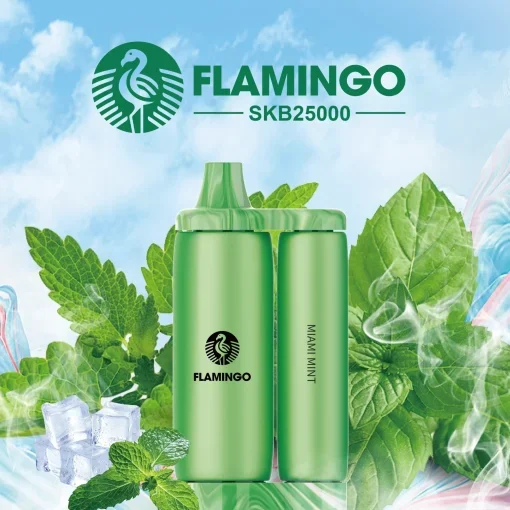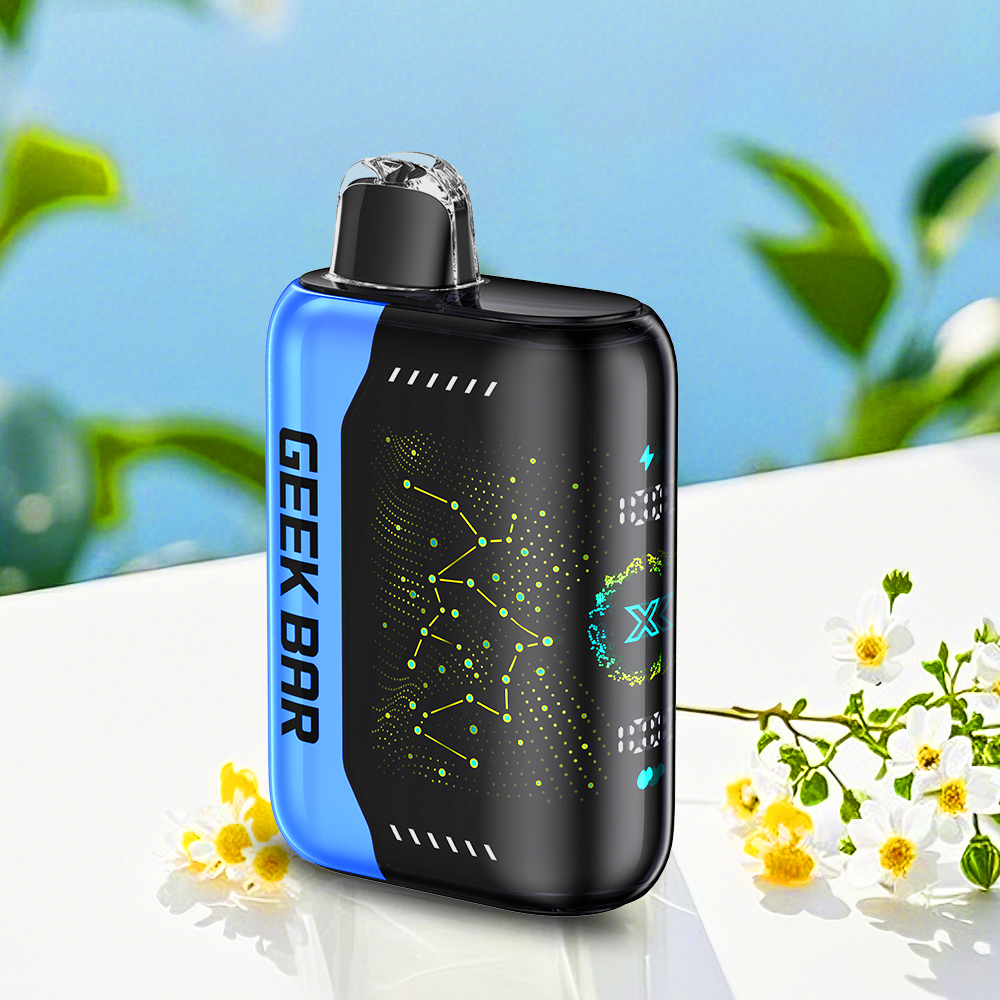The Rise of Non-Nicotine Vapes: A Healthier Alternative
In recent years, the vaping industry has witnessed a significant transformation. What started as a trendy alternative to traditional cigarette smoking has evolved into a diverse array of products catering to various preferences and needs. Among these innovations, non-nicotine vapes are gaining popularity, especially among individuals looking for a satisfying experience without the addictive elements inherent to nicotine. This article delves into the emergence of non-nicotine vapes, their benefits, the variety of flavors available, and their impact on public health.
Understanding Non-Nicotine Vaping
Vaping products without nicotine are designed primarily for those who enjoy the act of vaping—an experience often centered around flavor and cloud production—without the physiological dependency that nicotine introduces. These devices utilize e-liquids that contain flavorings and other ingredients, sans nicotine. The typical components include:
- Vegetable Glycerin (VG): A thick base often used in cooking that creates vapor.
- Propylene Glycol (PG): A thinner base that delivers flavor effectively and enhances throat hit.
- Flavorings: Extensive range of options from fruity to dessert-like flavors.
The Health Benefits of Choosing Non-Nicotine Options
Health-conscious consumers are increasingly making the switch to non-nicotine vapes for various reasons. Here are the core benefits associated with this choice:
1. Reduced Risk of Addiction
One of the most significant advantages of non-nicotine vapes is the elimination of addiction. Traditional cigarettes and nicotine-infused vapes can lead to dependency, making it challenging to quit. Without nicotine, users can enjoy vaping without the psychological cravings associated with nicotine.
2. Safer Alternative
While the long-term effects of vaping are still under research, vaping is generally considered safer than smoking traditional cigarettes. By opting for non-nicotine vapes, users further lessen the health risks associated with tobacco products, reducing their exposure to harmful chemicals produced when tobacco is burned.
3. Flavor Exploration
Non-nicotine vapes open an entire universe of flavor possibilities. Ranging from classic tobacco notes to exotic fruit blends, users can experiment with diverse options without the bitterness or aftertaste often associated with nicotine. For many, this is one of the most appealing aspects of vaping.
Varieties of Non-Nicotine Vape Products
The vaping market is continuously evolving, resulting in an abundance of non-nicotine options to satisfy diverse customer tastes. Some popular non-nicotine vape products include:
1. Disposable Vapes
Disposable non-nicotine vapes are user-friendly and convenient. These sleek devices come pre-filled with flavored vape juice and can be thrown away after use. They offer newcomers an easy way to experience vaping without the commitment of re-filling tanks or changing coils.
2. Pod Systems
Pod systems are compact, refillable devices that allow users to switch flavors effortlessly. Many manufacturers offer pods pre-filled with non-nicotine e-juice, making it a popular choice for individuals who prefer a more customizable vaping experience.
3. E-Liquids for DIY Vaping
For those who wish to take the customization up a notch, non-nicotine e-liquids are available for DIY enthusiasts who want to mix their flavors. Users can experiment with various VG/PG ratios and flavorings, more personalized to their taste preferences.
Impact on Public Health: A Balanced View
As the non-nicotine vaping trend gathers momentum, discussions surrounding public health implications have emerged. Advocates emphasize that non-nicotine vapes can serve as a gateway for people to shift away from traditional tobacco products. However, opponents express concern that the appeal of flavored vaping could attract younger demographics, potentially leading to nicotine use in the future.
Health organizations stress the importance of continued research to assess the long-term effects of vaping, maintaining vigilance regarding marketing practices that may encourage youth experimentation. It's essential to strike a balance that promotes informed consumer choices while protecting the interests of public health.
The Social Scene of Non-Nicotine Vaping
Vaping isn't just about personal use anymore; it has evolved into a social activity for many enthusiasts. Non-nicotine vapes have become fixtures at social gatherings, where users often share flavors or try out different devices, creating a communal experience. Vaping lounges and events dedicated to vaping culture foster community engagement, allowing people to connect over shared interests.
Transitioning from Traditional Smoking to Non-Nicotine Vaping
For those looking to transition from traditional smoking to non-nicotine vaping, the process can be gradual and fulfilling. Here are some strategies and tips:
- Gradual Reduction: Consider gradually reducing nicotine levels until you reach a non-nicotine option. This method helps minimize withdrawal symptoms.
- Set Goals: Establish personal goals for reducing nicotine consumption or switching to vaping. Stick to these goals to maintain motivation.
- Stay Informed: Research and educate yourself on the vaping industry to make informed choices about products and flavors that suit your needs.
Final Thoughts on Non-Nicotine Vapes
The boom in non-nicotine vapes highlights an essential shift in consumer preferences towards healthier lifestyle choices without sacrificing enjoyment. As vaping expands in popularity, the non-nicotine segment is likely to grow, catering to the desires of those who appreciate the experience without the drawbacks of traditional nicotine consumption. Ultimately, the path towards a smoke-free future may very well be paved with innovative ideas that focus on user experience and well-being.





